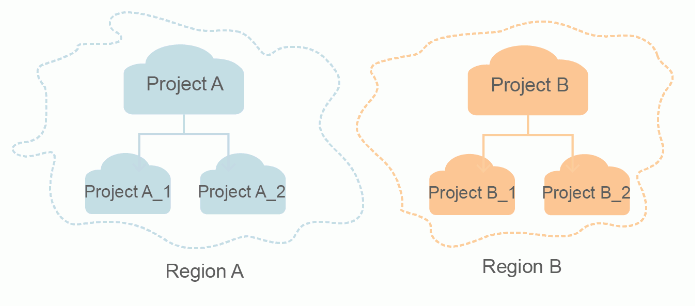Overview
Welcome to Cloud Container Engine (CCE) API Reference. CCE provides highly scalable, high-performance, enterprise-class Kubernetes clusters and supports Docker containers. With CCE, you can easily deploy, manage, and scale containerized applications in the cloud.
CCE is deeply integrated with cloud services, including high-performance computing (ECS/BMS), network (VPC/EIP/ELB), and storage (EVS/SFS) services. It supports heterogeneous computing architectures such as GPU, ARM, and FPGA. By using multi-AZ and multi-region disaster recovery, CCE ensures high availability of Kubernetes clusters.
This document describes how to use APIs to perform operations on CCE, such as creating or deleting CCE resources, modifying resource specifications, or adding NICs.
In addition, CCE supports both native Kubernetes APIs and CCE APIs. With these APIs, you can use all functions of CCE. For more information about Kubernetes concepts, visit https://kubernetes.io/docs/concepts/. For details about Kubernetes-native API versions, visit https://kubernetes.io/docs/concepts/overview/kubernetes-api/. In addition:
- The Kubernetes-native APIs called in the current version do not support HTTP persistent connections.
- The Kubernetes-native APIs in the current version include Beta APIs, whose version names include beta, for example, v1beta1. This type of APIs varies according to Kubernetes-native APIs. Therefore, you are advised to use this type of APIs in unimportant scenarios, for example, short-term test clusters.
Use the methods described in this document to call APIs. If other methods, such as kubectl and SDKs, are used to call APIs, the APIs may fail to work.
API Calling
CCE supports Representational State Transfer (REST) APIs, allowing you to call APIs using HTTPS. For details about API calling, see 3 Calling APIs.
Endpoints
An endpoint is the request address for calling an API. Endpoints vary depending on services and regions. For the endpoints of all services, see Regions and Endpoints.
Constraints
- CCE imposes a quota on the number and capacity of resources that a user can access. By default, you can create a maximum of five clusters in each region and a cluster can have a maximum of 50 nodes.
- For more constraints, see API description.
Concepts
- Region
Regions are divided from the dimensions of geographical location and network latency. Public services, such as Elastic Cloud Server (ECS), Elastic Volume Service (EVS), Virtual Private Cloud (VPC), Elastic IP (EIP), and Image Management Service (IMS), are shared within the same region. Regions are classified as universal regions and dedicated regions. A universal region provides universal cloud services for common tenants. A dedicated region provides services of the same type only or for specific tenants.
- Availability Zone (AZ)
An AZ contains one or more physical data centers. Each AZ has independent cooling, fire extinguishing, moisture-proof, and electricity facilities. Within an AZ, computing, network, storage, and other resources are logically divided into multiple clusters. AZs within a region are interconnected using high-speed optical fibers to support cross-AZ high-availability systems.
- Project
Projects group and isolate resources (including compute, storage, and network resources) across physical regions. A default project is provided for each the cloud region, and subprojects can be created under each default project. Users can be granted permissions to access all resources in a specific project. For more refined access control, create subprojects under a project and purchase resources in the subprojects. Users can then be assigned permissions to access only specific resources in the subprojects.
Figure 1 Project isolating model

- Enterprise project
Enterprise projects group and manage resources across regions. Resources in different enterprise projects are logically isolated. An enterprise project can contain resources of multiple regions, and resources can be added to or removed from enterprise projects.
For more information about enterprise projects and how to obtain enterprise project IDs, see Enterprise Management User Guide.
- Enterprise project